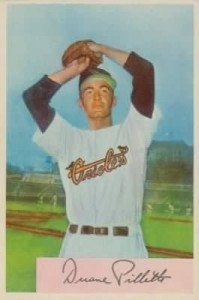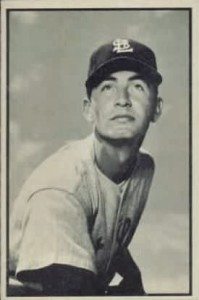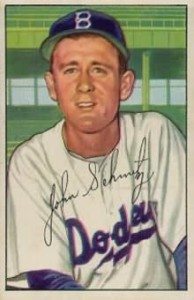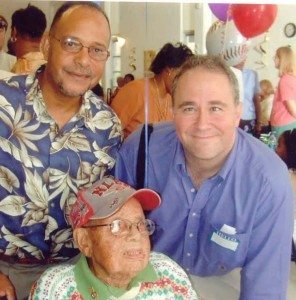
Pitcher Duane Pillette didn’t have the usual roadblocks up-and-coming hurlers face. Pillette’s first obstacle was his father, major league veteran Herman Pillette.
Fans might think a father with big league experience (a 19-game winner with the 1922 Tigers!) would be the golden ticket to the majors, the perfect parental coach.
“There’s is no doubt that you love the game of baseball–and do I,” Pillette began. “My father was always my hero and I wanted to be just like him. I knew that was impossible, but I swore to myself I would make the majors, although it was against his wishes.
“You see, my dad was a farm boy and he had very little education. Therefore, he seldom made money playing ball. He wanted me to get an education and not always worry about money. He even refused to show me anything about pitching. But I said, ‘Dad, you can’t pay my way to college, so how else can I get that education? I must be good enough to receive a scholarship.’
“He gave in, but said, ‘Okay, you must earn it on your own.’
“I did get that education, and one of the best in the country. Santa Clara, it was a Jesuit (we are Catholic) University, and they are tough. I knew if I could make the grade there, I could make it to the majors.
“But it wasn’t easy, because I received a letter saying I was to join the service. I spent three years, and it made me be tough enough to do anything.
“Sorry, I got carried away. But remember, if you want something bad enough, go get it.
“No, he never saw me pitch, but he read about me, first high school, then college and finally the majors. I wasn’t great, but I stayed eight years, and that made my goal.
“Yes, he was proud of me.
“Remember, whatever you do, do it the best you can and you will be happy.
Sincerely,
Duane Pillete”



